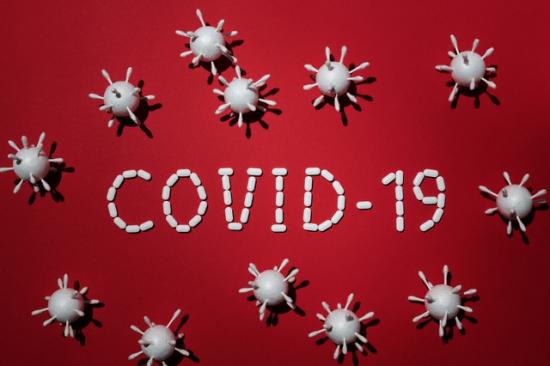
What immunity to Covid-19 might actually mean
How your body will try to save you from the new coronavirus.
The Covid-19 coronavirus meets its most formidable foe the moment it enters the human body.
The immune system is waiting, ready for action, and it determines who dies and who survives. It is why the vast majority of the infected have recovered from the disease.
Yet one of the most important unknowns is why some people’s immune systems are up to the task of clearing out the virus while others are sluggish or overreact, leading to death. Just as vexing:
How do we know for sure if a person is immune to Covid-19 after infection?
What percentage of the US population will be immune after this first wave of infections is over?
Will immunity last over time, or will it fade?
Can a vaccine provide immunity and stop the pandemic?
It’s helpful in thinking through these unanswered questions to understand how the immune system works (collectively and in individuals), how immunity testing works, and how immunity to similar viruses changes over time. It’s also comforting to know that if you get Covid-19, your body will try very, very hard to save you. And if it doesn’t, it could be because it tried too hard.
So here is a guide to the immune system: antibodies, serological tests, reinfection, and immunological memory, explained.
Your immune system is like a beautifully complex orchestra. It plays two movements.
The first thing to know about the immune system is that it is not simple. At all.
A huge array of cells and chemicals your body produces work in concert to clear a foreign invader from your body. “There’s a lot of elegance to this whole system,” Akiko Iwasaki, an immunologist at the Yale School of Medicine, says. “It’s like an orchestra.” All these cells and chemicals have to work in concert — each with a different part to play — to defeat the virus.
A viral infection begins when a virus enters a cell of your body. In the case of Covid-19, which is transmitted mostly by respiratory droplets, maybe that takes place somewhere in the lining of your nose or in the area of your lungs directly in contact with the air you inhale.
The virus then attaches to a cell — via a protein on the cell’s surface called ACE-2 — and lets itself in.
There, it begins to wreak havoc. The virus hijacks the cell’s machinery to make copies of itself. Those copies break out of the cell and then spread around your body. The copies enter more of your cells, make more copies, and so on. This is going viral, in the literal sense, and it’s a process your body works furiously to stop.
If the immune system is an orchestra in concert, its music can be broken down into two movements.
First, the opening: the innate immune response. This is the base-level protection you have to defend against infections — even those your body has never seen before.
Iwasaki explains that every cell of your body has something of its own immune system in miniature. Your cells “have a mechanism to detect virus infection,” she says. Every cell is looking out for telltale genetic signs of viral replication. Once that’s found, your cells “start secreting these cytokines [signaling molecules] to tell the neighboring cells that there’s a viral infection,” she says. “It will signal that cell to make a lot of antiviral proteins. Every part of the viral life cycle is targeted by hundreds of genes that are induced by this.”
“There’s a lot of elegance to this whole system. It’s like an orchestra.”
The innate immune response will then try to stop the virus in its tracks there, but it can fail, as we know. Viruses — those sneaky bastards — have evolved ways to counter this initial response. The viruses “might encode proteins that degrade some of these signaling molecules,” Iwasaki says. “Even though we have this amazing system, viruses try to circumvent it.”
If the innate immune system can’t get rid of the infection, the second movement in this orchestration begins: the adaptive immune system. It has a vast array of instruments, each tuned to a specific task.
There are dendritic cells, which act as messengers from the innate immune system and tell the adaptive immune system which viral proteins it should seek out and destroy. There are killer T-cells, which hunt down and kill cells that have been infected. There are helper T-cells, which stimulate killer T-cells and recruit yet another class of cells called macrophages to gobble up infected cells, and they also stimulate B-cells, which bring this whole concert to a crescendo.
A human T-cell. Some T-cells hunt down and destroy infected cells; other T-cells are helpers, rallying other components of the immune system to the infection.
B-cells are critically important because they produce antibodies. These are little proteins that bind, specifically, to a single distinct part of a virus or pathogen and make it unable to hijack your cells. Antibodies can also identify invaders for other immune cells to destroy, and they can mark infected cells for destruction before a virus can burst out. And after an infection fades, the antibodies that linger can prevent the same virus from rising again.
But this process takes time.







